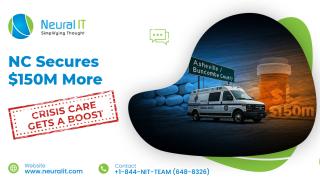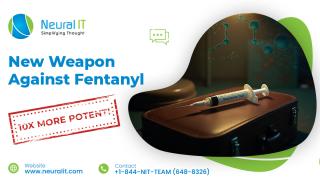Stroke Patients Prone To Retain Gadolinium In Brain: Study
Stroke Patients Prone To Retain Gadolinium In Brain: Study

Introduction
Last week, a study was published in the Journal of Magnetic Resonance Imaging where researchers with a purpose to investigate the effects of ischemic stroke on gadolinium (Gd) deposition in the brain found that patients who had a stroke were more likely to retain the chemical element in the brain following an MRI with Magnevist contrast dye.
Gd, discovered in 1880, is silvery-white in color and due to its paramagnetic properties, it is used intravenously in diagnostic imaging procedures to better the quality of magnetic resonance imaging (MRI) or magnetic resonance angiography (MRA).
The study was conducted by a group of Chinese researchers on 27 male rats along with an exposure group of 24 rats and a healthy control group of three rats. A stroke was stimulated on half of the exposed rats, while the other half of the exposed rats underwent a sham procedure. One group was given Magnevist (gadopentetate) and the other was given Gadavist (gadobutrol), both of which are MRI, Gd-based contrast agents (GBCAs).
The study revealed that deposits of Gd were found in the brains of the rats who suffered a stroke at higher levels than the ones who did not. The study also noted that the levels of Gd were higher in the rats who were given Magnevist as compared to those given Gadavist.
The researchers concluded that the administration of GBCAs after an animal model of ischemic stroke increased Gd deposition in the brain and aggravated astrocyte injury, and the effect of gadopentetate appeared to be more pronounced than that of gadobutrol.
Latest News
NC to Get $150M to Boost Opioid Treatment, Recovery
North Carolina will receive an additional $150 million from Purdue Pharma and the Sackler family as part of a national $7.4 billion settlement related to the opioid…




